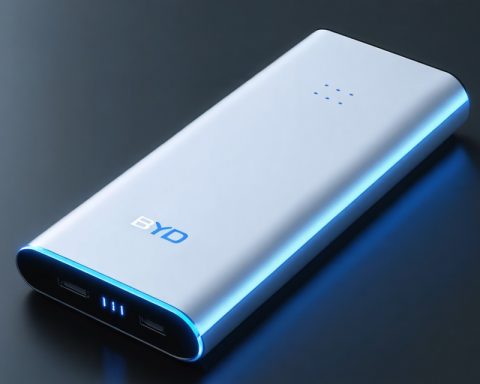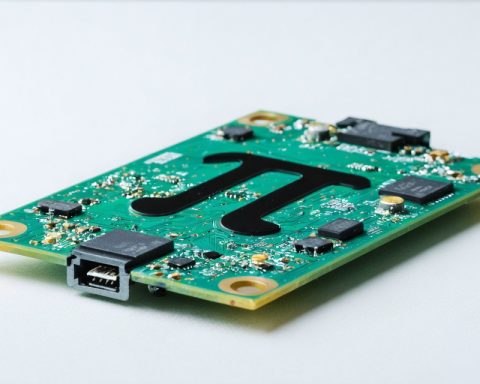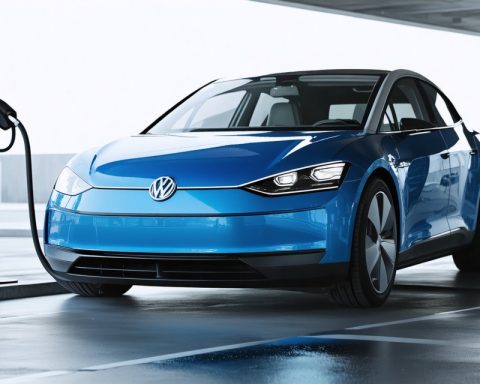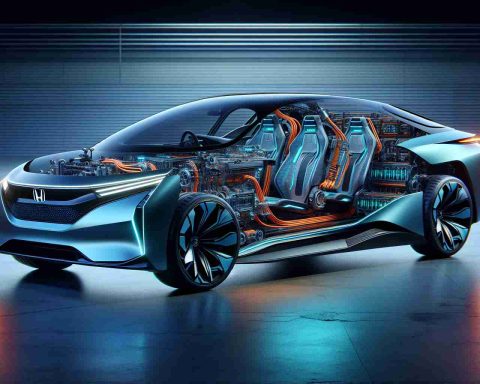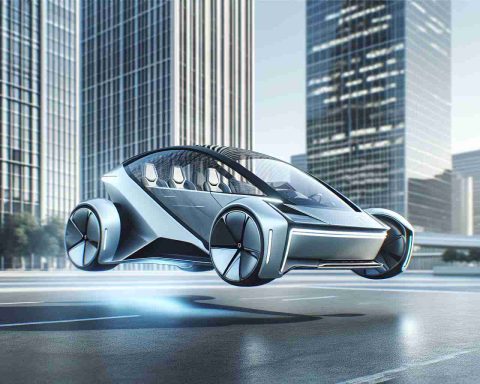- The global power battery market is experiencing strong growth, driven by increased demand for electric vehicles, with a notable 27.2% increase in battery deployment to 894.4 GWh last year.
- China’s CATL dominates the market with a 37.9% global share, having installed 339.3 GWh of power batteries, and powers one-third of global electric vehicles.
- CATL is expanding its influence into new markets such as Brazil and Thailand and strengthening partnerships with companies like Tesla and BMW.
- China’s global market share in power batteries rose to 67.1%, while South Korean and Japanese firms like LG Energy and SK On face decreased shares.
- To succeed, companies must embrace innovation, diversify supply chains, and adapt to geopolitical shifts as the world moves towards sustainability.
The pulse of the global power battery market beats with unwavering strength. Despite a gentle slowdown in growth, the market continues its upward trajectory, propelled by a surge in demand for electric vehicles worldwide. A recent report from SNE Research reveals that last year, the global deployment of power batteries reached a colossal 894.4 GWh, marking a substantial 27.2% increase from the previous year.
Images of 2021 linger, a year when the industry witnessed explosive expansion, doubling its figures from prior seasons. Yet, the momentum, though less frenzied now, remains robust. China’s battery giants, particularly the juggernaut known as CATL, are central to this narrative, steadily cementing their dominance. Last year, CATL alone installed an impressive 339.3 GWh of power batteries, symbolizing a commanding 37.9% share of the global market.
CATL’s climb eclipses even its closest competitors. In a telling statistic, one in every three electric vehicles sold globally is powered by a CATL battery. With eyes set on further stretching their reach, CATL now targets emerging fronts like Brazil and Thailand while consolidating partnerships with automotive magnates such as Tesla and BMW.
As China captivates the market, rising from 63.4% to 67.1% global market share, its neighbors in South Korea and Japan face contraction. Korean firms like LG Energy and SK On now confront waning shares, underscored by shifting demands in Europe and North America.
For these companies, adaptation is crucial. Embracing innovation, diversifying supply chains, and strategizing for geopolitical changes are no longer options but necessities. As the world transitions towards sustainability, the message rings clear: those with agility and foresight will lead this electrifying charge.
The Future of Power Batteries: What You Need to Know Now!
Market Forecasts & Industry Trends
Despite a gentle slowdown, the power battery market continues its upward trajectory, primarily driven by the growing demand for electric vehicles (EVs). As per SNE Research, the global deployment of power batteries saw a 27.2% increase last year, reaching 894.4 GWh. The industry is projected to maintain this growth trend, with allied market research suggesting that the global battery market could reach over $132 billion by 2030.
Real-World Use Cases
The expansion of power batteries goes beyond just electric vehicles. They are increasingly used in renewable energy storage systems, ensuring stability and reliability in integrating solar and wind power into the grid. Additionally, power backup solutions for data centers and telecommunications infrastructure are exploring the viability of battery systems.
Features, Specs & Pricing
Power batteries, especially lithium-ion types, are favored for their energy density and efficiency. Companies such as CATL lead the market with batteries offering high efficiency and long life cycles. Pricing depends on capacity and technological features, but costs have been declining due to economies of scale and technological improvements.
Reviews & Comparisons
CATL’s dominance is undisputed, with its batteries powering one-third of global electric vehicles. Competitors like LG Energy and Panasonic offer high-quality alternatives but face stiff competition. CATL’s batteries are praised for reliability, while Tesla’s batteries, known for performance, continue to be a benchmark for many consumers.
Controversies & Limitations
Despite their advantages, power batteries face controversies regarding environmental impacts due to mining and disposal processes. There are also concerns about supply chain vulnerabilities, especially with geopolitical tensions affecting material sourcing.
Security & Sustainability
Battery companies are increasingly focusing on sustainable practices. Initiatives include the recycling of lithium-ion batteries and the development of solid-state batteries, which are anticipated to be safer and more environmentally friendly. Companies are also diversifying supply chains to mitigate risks associated with reliance on specific regions.
Insights & Predictions
Industry experts predict a shift towards greater sustainability and innovation, with advancements like solid-state batteries on the horizon. These could offer higher capacities, faster charging, and improved safety features. Moreover, the market is likely to see more strategic collaborations to expand global reach.
Pros & Cons Overview
Pros:
– High energy density and efficiency.
– Integral to the push for sustainable energy.
– Declining costs due to mass production.
Cons:
– Environmental concerns, particularly in mining and disposal.
– Supply chain vulnerabilities.
– Current battery tech (e.g., lithium-ion) still has room for safety improvements.
Actionable Recommendations
1. Innovation Focus: Companies should invest in R&D for advanced battery technologies, like solid-state batteries, which promise better performance and safety.
2. Sustainability Efforts: Adopt sustainable practices in production and disposal, aiming for full recyclability of battery materials.
3. Geopolitical Strategy: Diversify supply chains to reduce dependency on any single region, balancing geopolitical risks.
4. Consumer Education: Increase consumer awareness about the lifecycle and recycling of batteries to encourage responsible usage and disposal.
For more insights on power battery advancements and sustainability efforts, visit CATL and LG.

